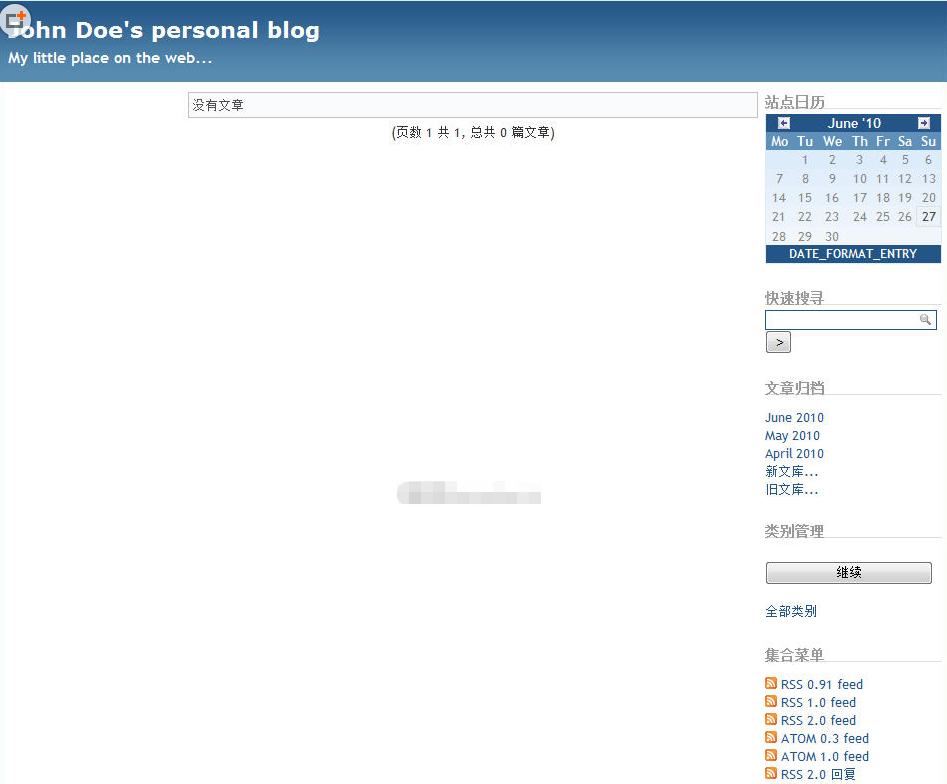答案:基于Java的博客评论功能通过Spring Boot实现后端接口,使用MySQL存储评论数据,前端通过JavaScript提交表单并动态加载评论列表。1. 设计comment表存储昵称、内容、时间及关联文章ID;2. 后端用Spring Boot + MyBatis-Plus提供REST接口处理评论增查操作;3. 前端HTML+JS实现用户输入与评论展示,提交时调用API并刷新列表;4. 加入XSS过滤、字数限制、频率控制等安全措施,提升安全性与用户体验。

实现一个简易的博客评论功能,核心是围绕数据存储、用户输入处理和页面展示三个环节展开。Java作为后端语言,配合基本的Web技术栈(如Servlet + JSP 或 Spring Boot)即可快速搭建。下面从功能设计到代码实现逐步解析。
一个基础的评论功能应支持:发表评论、查看评论列表、显示评论时间与作者名。无需登录,可简化为填写昵称和评论内容。
创建一张评论表 comment:
CREATE TABLE comment (
id INT AUTO_INCREMENT PRIMARY KEY,
nickname VARCHAR(50) NOT NULL,
content TEXT NOT NULL,
create_time DATETIME DEFAULT CURRENT_TIMESTAMP,
blog_id INT NOT NULL -- 关联博客文章ID
);
其中 blog_id 用于标识该评论属于哪篇文章,便于按文章加载评论。
立即学习“Java免费学习笔记(深入)”;
采用Spring Boot + MyBatis-Plus快速开发接口。先定义实体类:
public class Comment {
private Integer id;
private String nickname;
private String content;
private LocalDateTime createTime;
private Integer blogId;
// getter / setter 略
}
接着编写Controller处理请求:

Serendipity是一个采用PHP实现的智能博客BLOG系统,Serendipity功能丰富,符合标准,基于BSDLicense开源。 Serendipity 2.1.3 更新日志:2018-08-16 *安全性:确保RSS的管理员配置和博客条目限制被解析为SQL查询的整数; *安全性:在“编辑条目”面板中防止XSS可能性; *安全性:禁止向多个人发送评论通知和邮件地址;这可用于批
 93
93

@RestController
@RequestMapping("/api/comment")
public class CommentController {
<pre class='brush:java;toolbar:false;'>@Autowired
private CommentService commentService;
// 获取某篇文章的所有评论
@GetMapping("/list")
public List<Comment> list(@RequestParam Integer blogId) {
return commentService.findByBlogId(blogId);
}
// 提交新评论
@PostMapping("/save")
public String save(@RequestBody Comment comment) {
comment.setCreateTime(LocalDateTime.now());
commentService.save(comment);
return "success";
}}
Service层调用Mapper操作数据库,MyBatis-Plus可自动生成基本CRUD方法,减少模板代码。
前端可用简单HTML + JavaScript实现。假设文章页有如下结构:
<div id="comments"></div> <p><form id="commentForm"> <input type="text" id="nickname" placeholder="你的昵称" required /> <textarea id="content" placeholder="说点什么..." required></textarea> <button type="submit">发表评论</button> </form></p>
通过JavaScript发送请求并刷新评论列表:
// 提交评论
document.getElementById("commentForm").addEventListener("submit", function(e) {
e.preventDefault();
const nickname = document.getElementById("nickname").value;
const content = document.getElementById("content").value;
<p>fetch("/api/comment/save", {
method: "POST",
headers: { "Content-Type": "application/json" },
body: JSON.stringify({
nickname: nickname,
content: content,
blogId: 1 // 实际应动态获取当前文章ID
})
}).then(() => {
loadComments(); // 重新加载
document.getElementById("commentForm").reset();
});
});</p><p>// 加载评论列表
function loadComments() {
fetch("/api/comment/list?blogId=1")
.then(res => res.json())
.then(comments => {
const container = document.getElementById("comments");
container.innerHTML = comments.map(c =>
<code><div><b>${c.nickname}</b> (${c.createTime}): ${c.content}</div></code>
).join("");
});
}</p><p>// 页面加载时获取已有评论
window.onload = loadComments;</p>虽然项目简易,但需注意几点:
基本上就这些。用Java实现一个简易评论功能不难,关键是理清前后端协作流程。从表结构设计到接口暴露,再到前端动态渲染,每一步都贴近实际应用场景。适合初学者练手,也为后续扩展(如回复、审核、分页)打下基础。
以上就是Java里如何开发简易博客评论功能_博客评论项目实战解析的详细内容,更多请关注php中文网其它相关文章!

每个人都需要一台速度更快、更稳定的 PC。随着时间的推移,垃圾文件、旧注册表数据和不必要的后台进程会占用资源并降低性能。幸运的是,许多工具可以让 Windows 保持平稳运行。

Copyright 2014-2025 https://www.php.cn/ All Rights Reserved | php.cn | 湘ICP备2023035733号